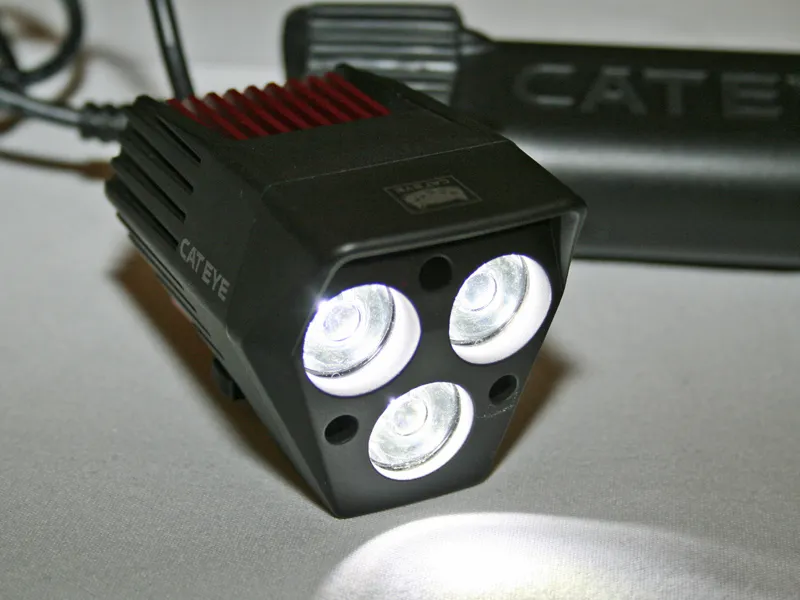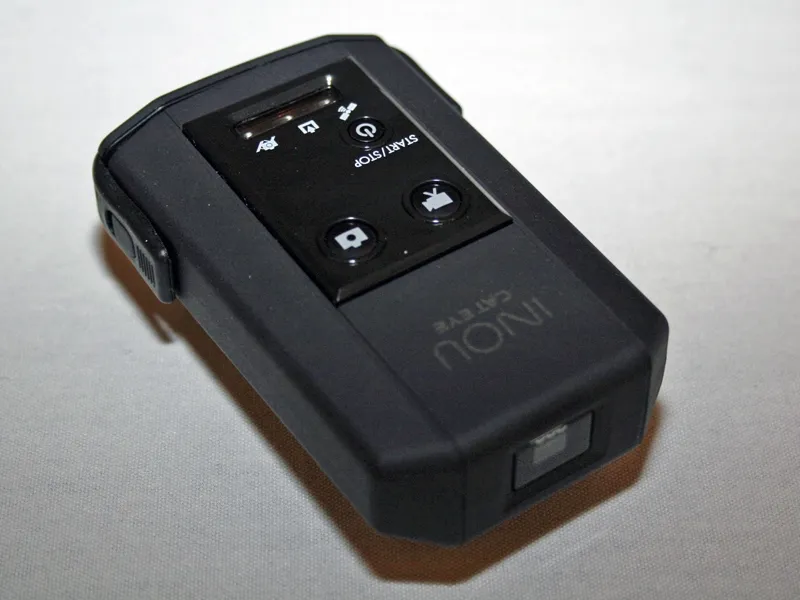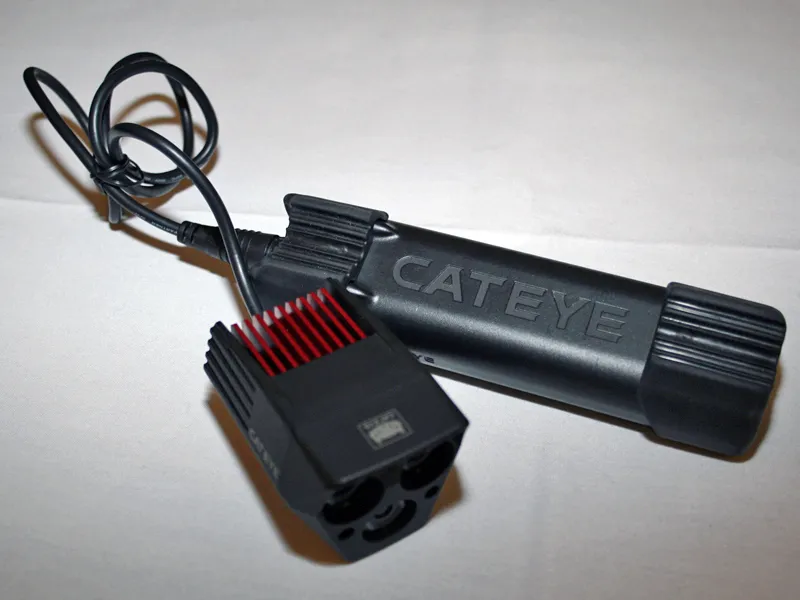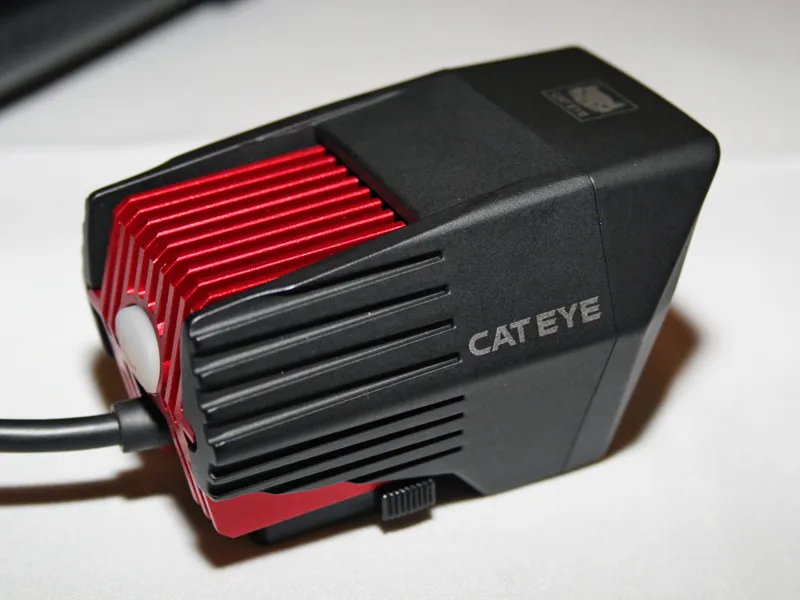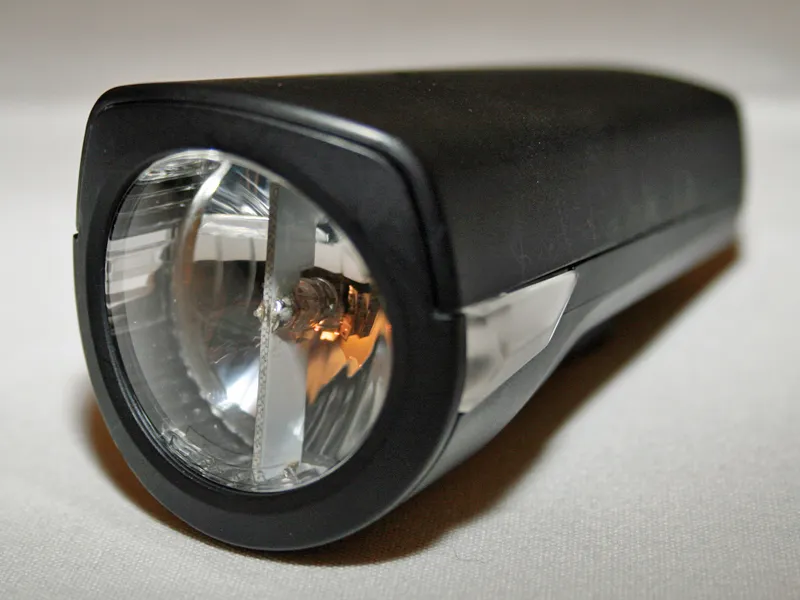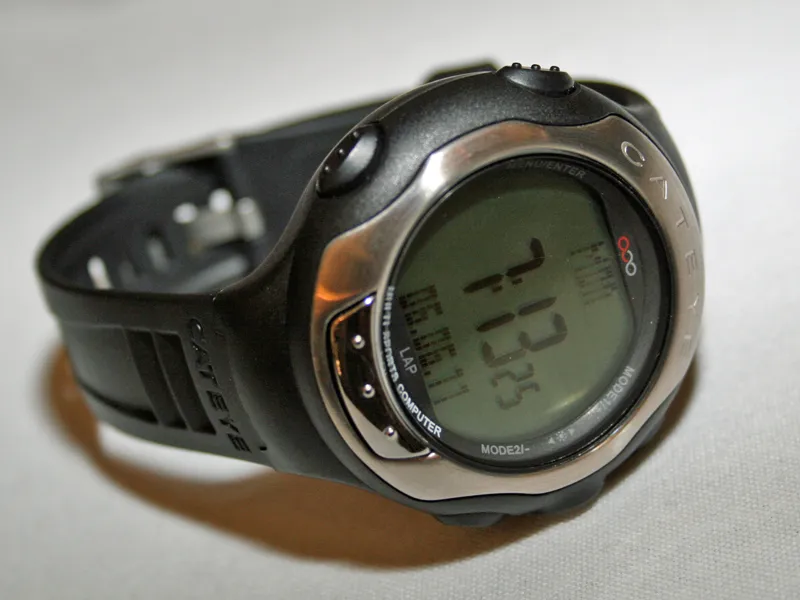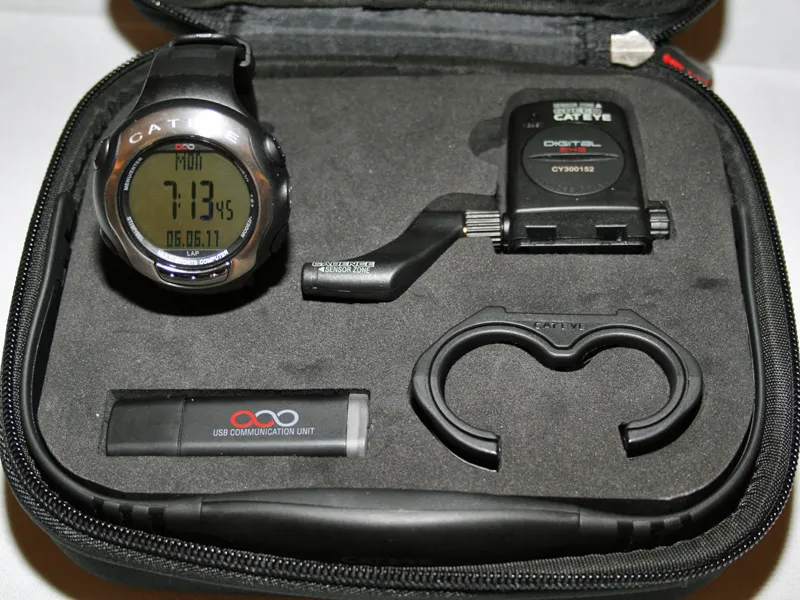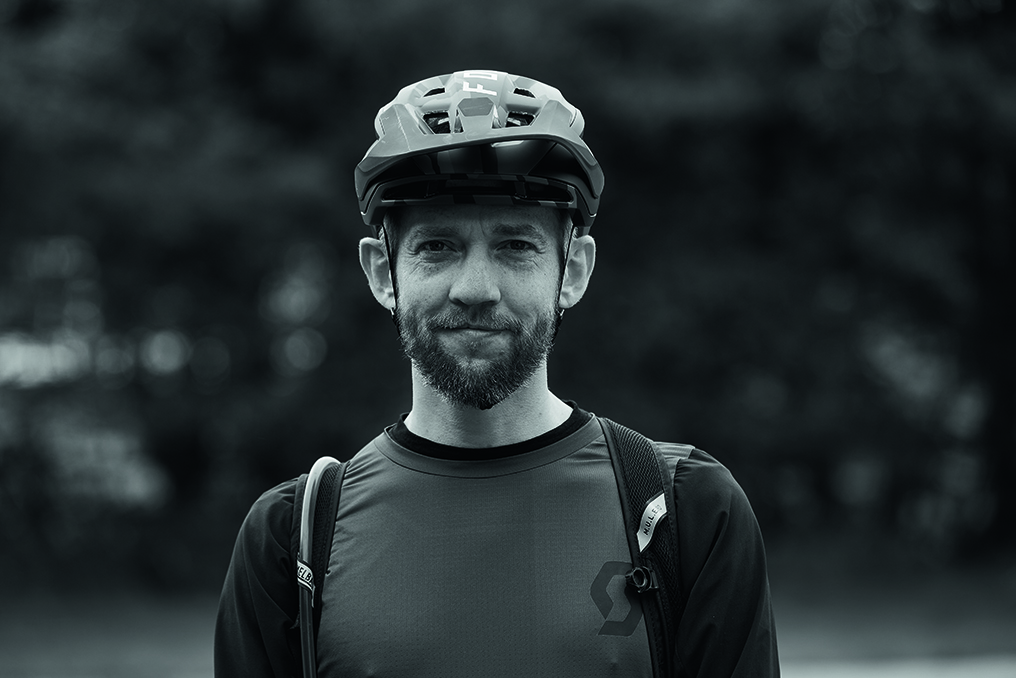Cateye's new 'Inou' gadget is a bit of a conundrum. It's supplied with a handlebar mount and is GPS enabled so you might expect it to be a high-tech cycle computer, along the lines of the Garmin Edge 800. But it has no screen, so you can't view routes, current speed or other information as you ride.
It also has a camera capable of taking both stills and video footage, and it comes with a strap so you can mount it to your helmet. But there's no viewfinder and while the image quality is certainly good enough for road riding and YouTube viewing, it's not up there with the market leaders.
The idea behind the Inou is that you film and take photos as you ride – the camera can be set to take pictures at intervals, for example once a minute – to produce a photographic record of your journey. When you arrive home, you plug the device into your PC or Mac, navigate to the Inou website (www.inouatlas.com – but it's not live yet) and are able to view the exact route you've just ridden, in Google Maps.
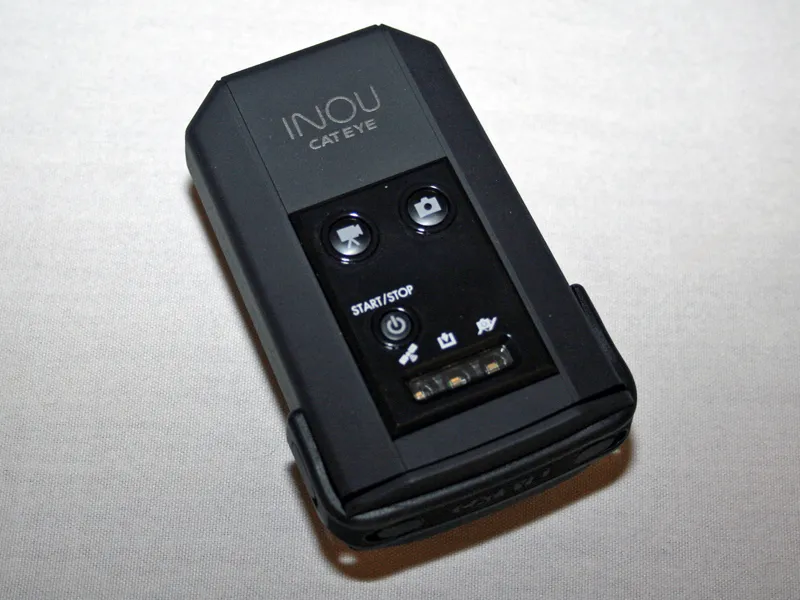
The location of each photo or video is shown, and you can share them with your riding buddies. You can also 'replay' the ride, viewing the photos and videos in sequence, along with data such as your speed, altitude, distance travelled and journey time at any point along the route.
The unit has a resolution of 640x480 pixels and captures between 30 and 15 frames per second. Cateye say they've worked hard to minimise judder and help the device adjust swiftly to changes in light. For comparison, GoPro's HD Helmet Hero, often seen as the gold standard when it comes to helmet cams, offers 1,080 pixels and 60-30fps, but it's £100 more expensive than the Inou's £199 asking price.

Claimed run time is up to nine hours if you're only using the Inou to log your journey, and five hours if you're taking photos and videos as well. The unit runs on two AAA batteries and will take microSD cards up to 32GB (it comes with just 1GB). Named after Inō Tadataka, the man who made the first modern map of Japan, it should be available from March, via Zyro in the UK.
The Inou has potential, but without a screen – something we suspect Cateye plan to add at a later date, on a higher-priced model – we fear its appeal for more performance-orientated cyclists will be limited. Anyone wanting ride or GPS data as they pedal will have to use a computer alongside it, adding weight and taking up valuable bar space. However, if all you want to do is relive your ride or share some of your experiences with friends, it could be just the ticket. We've requested a test sample, so watch this space.
Cateye Sumo mountain bike lights
Cateye also gave us a quick look at the Sumo, their new high-power mountain bike light, which has a whopping 1,600-lumen claimed output (for the top-end model). More importantly, they say it offers a good spread of light, illuminating the whole trail rather than just a narrow strip down the middle.
There are two models: the Sumo 2 (2xLED, 1,000 lumens, £325), which comes with a helmet mount, and the bulkier Sumo 3 (3xLED, 1,600 lumens, £400), each of which is powered by a 7.4v/4600mAh lithium-ion battery. Run times are fairly short on full power – just 60 minutes for the Sumo 3 – but respectable when the 'all night' mode is selected (10 hours). Again, we hope to have a set on test soon.
